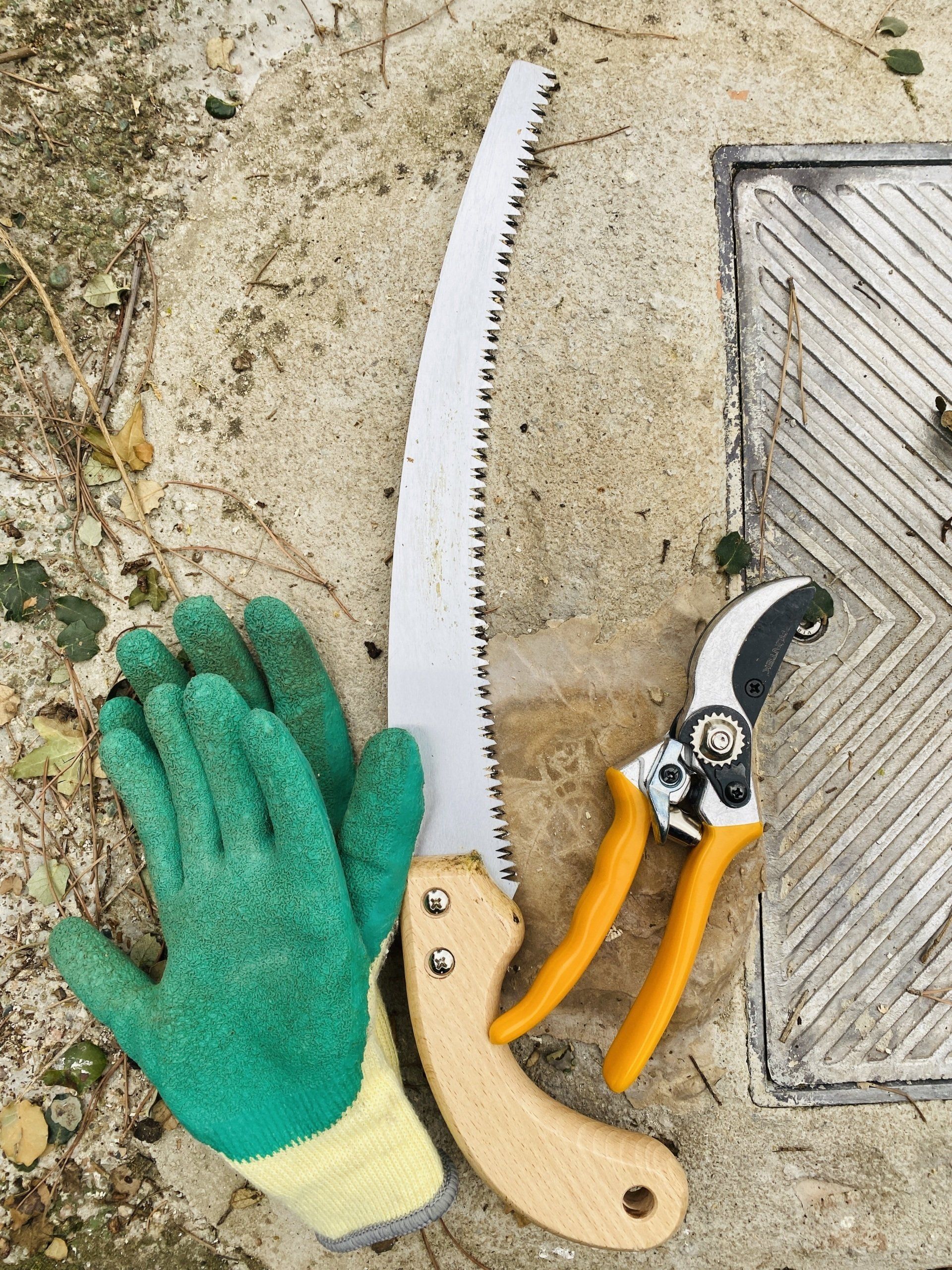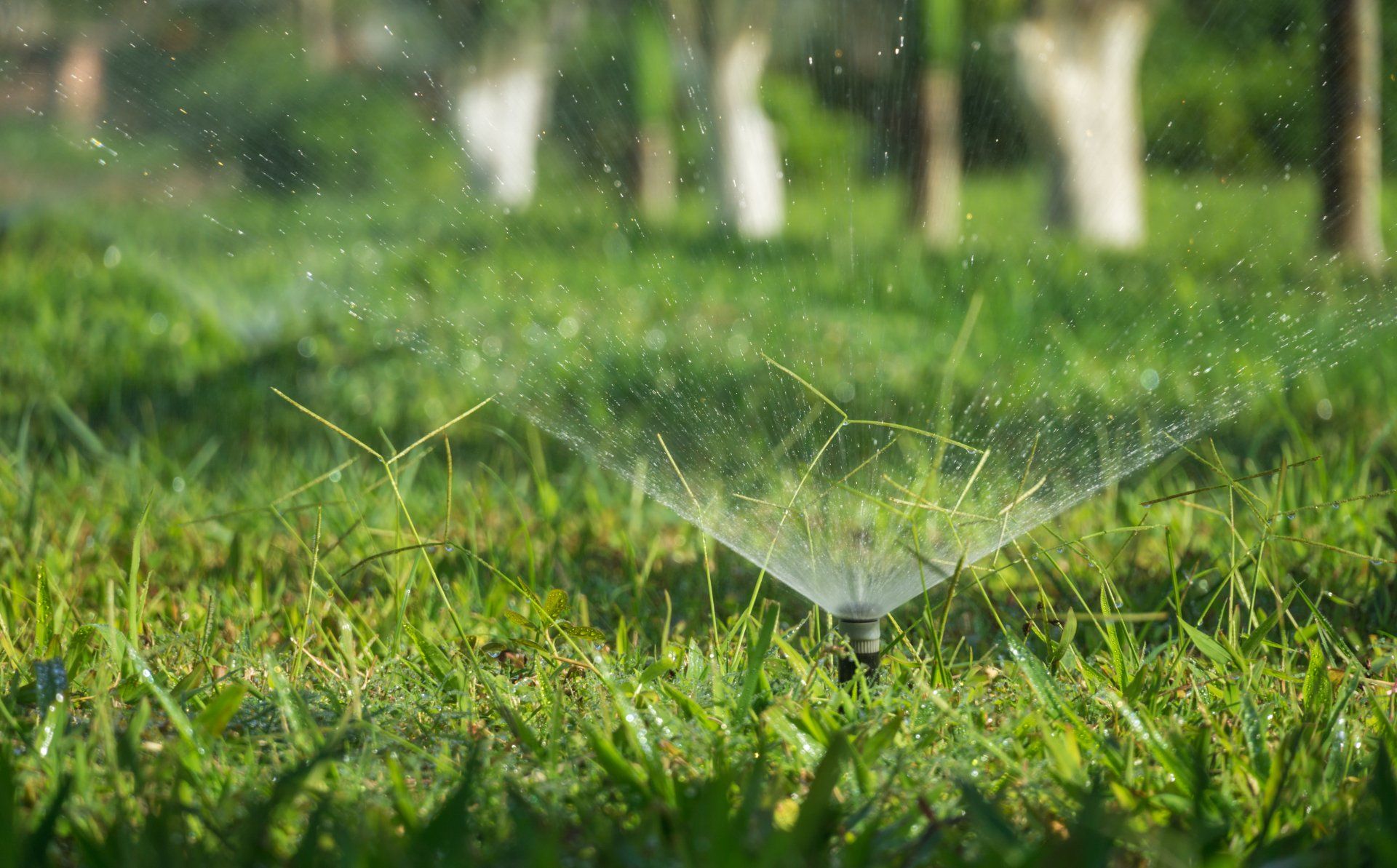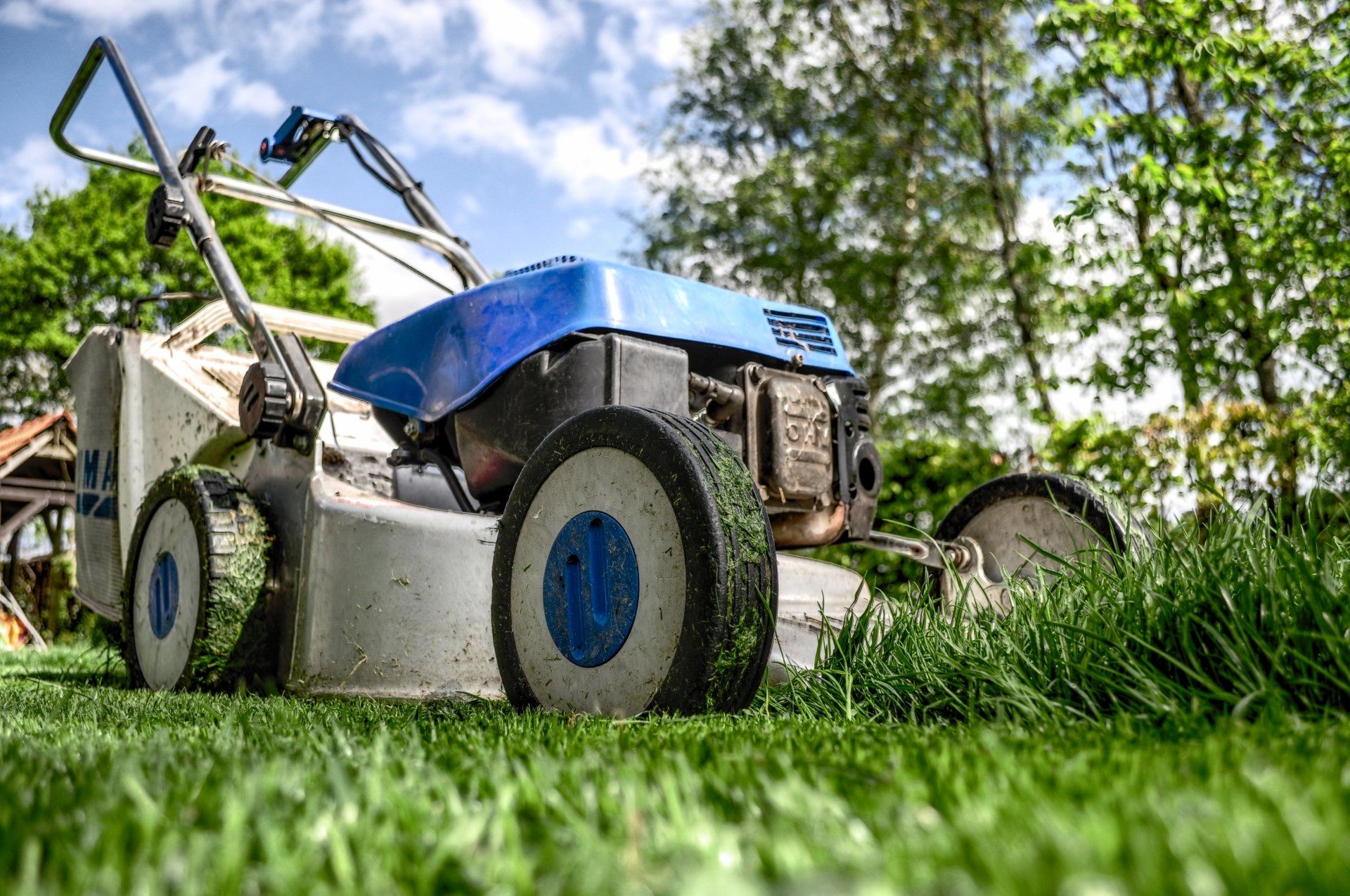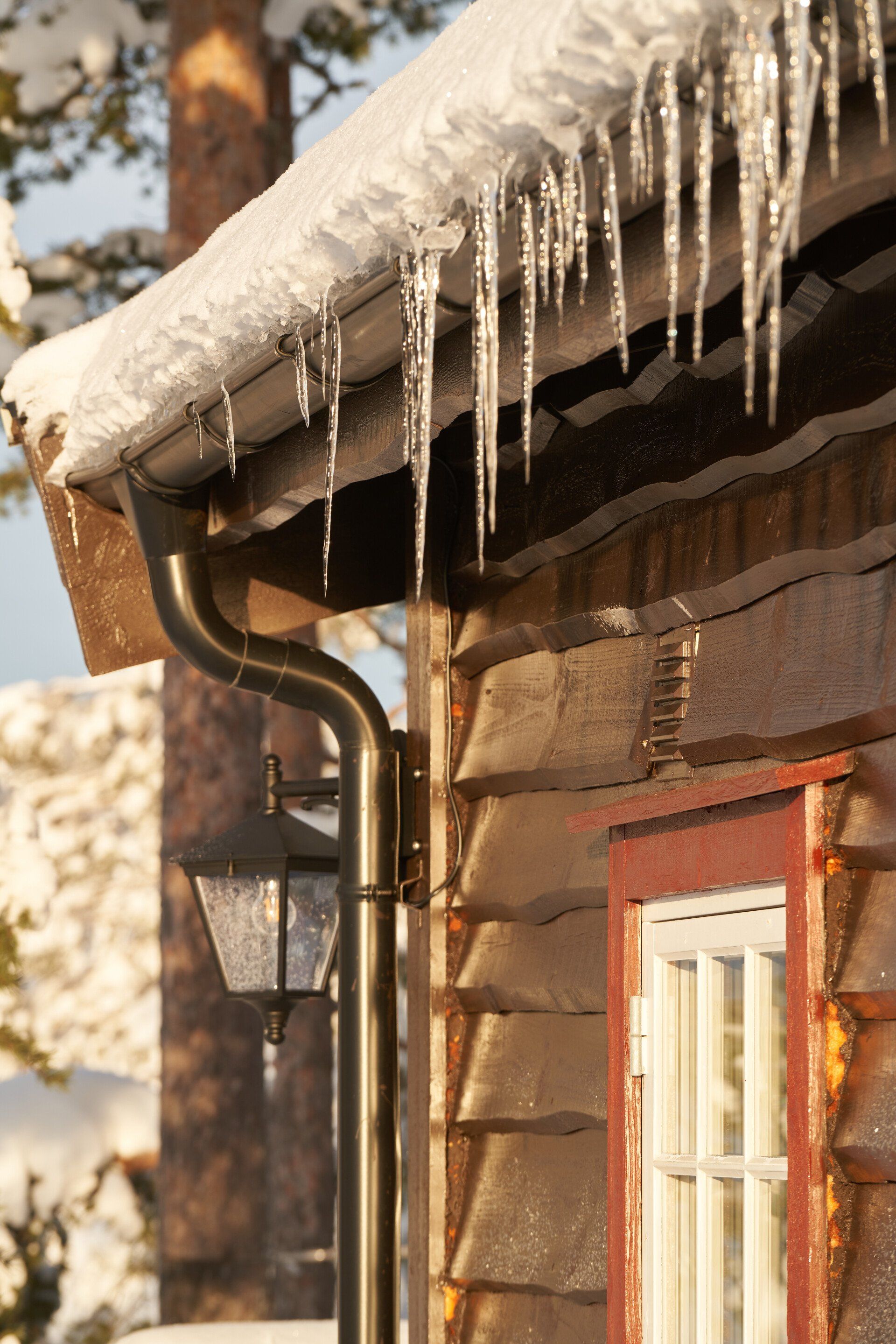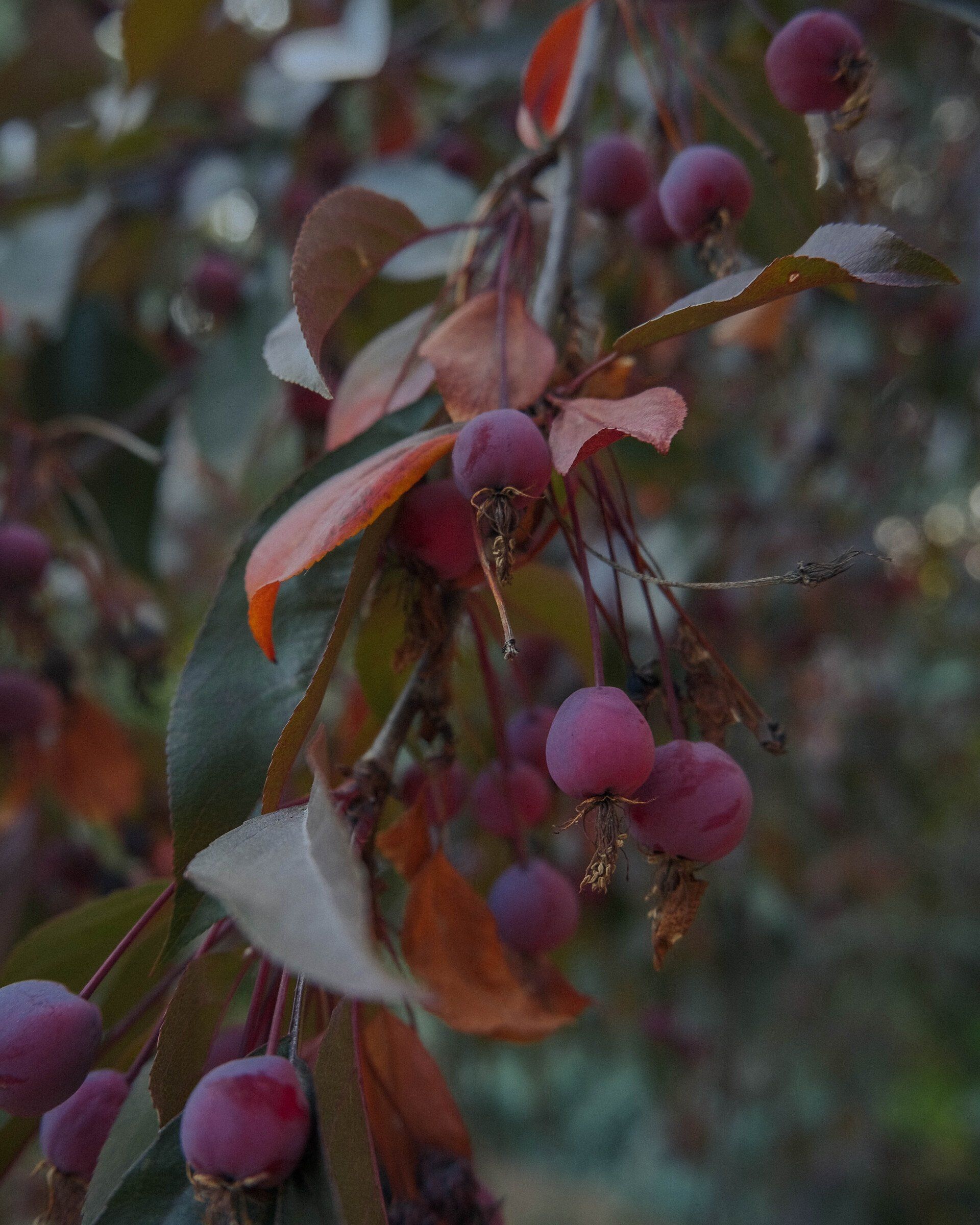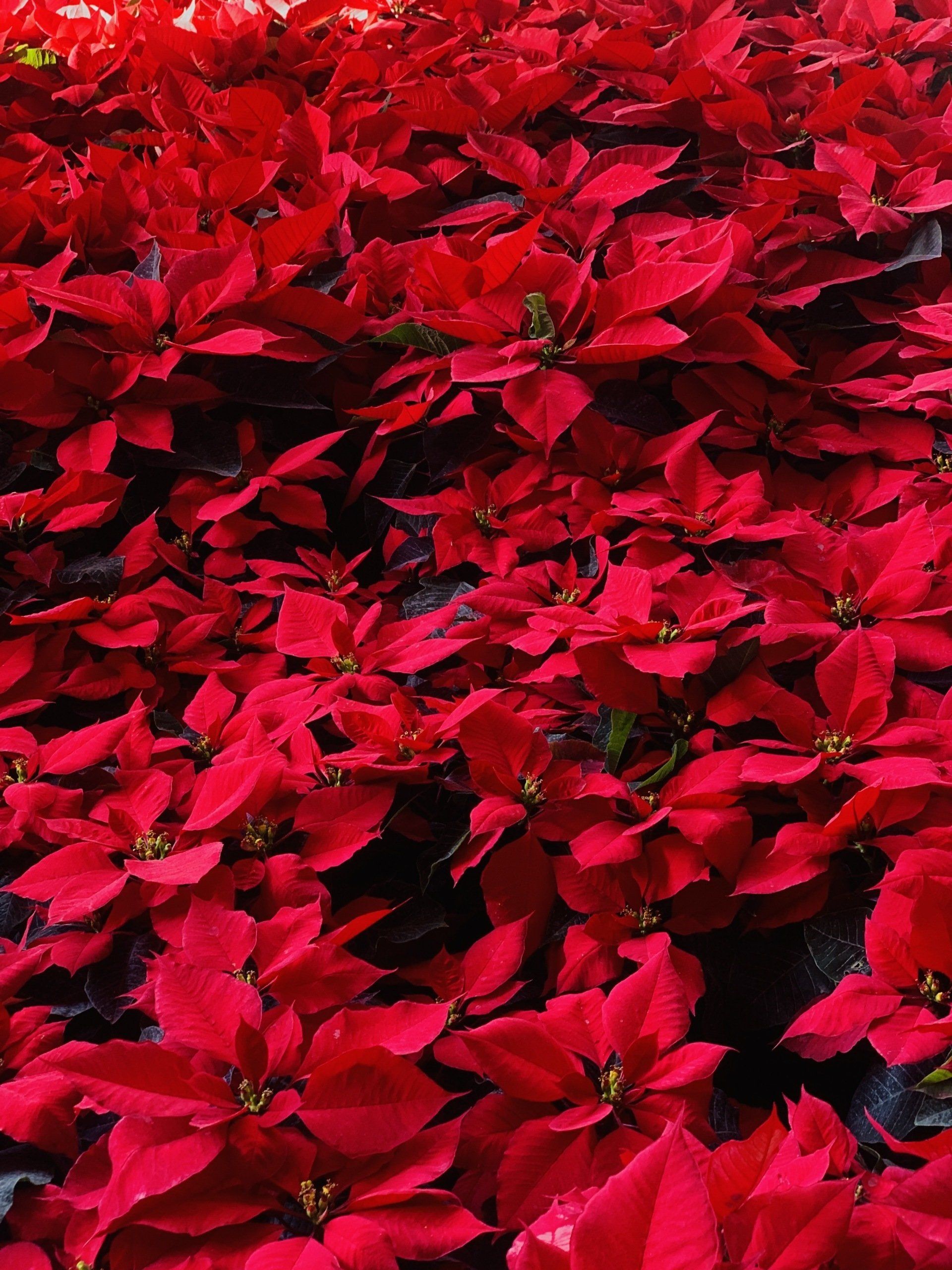What happens to your lawn during cold weather?
What happens to your lawn during cold weather?
The chances of freezing or experiencing cold temperatures in the northern United States and Canada are very high. It's quite common for the ground to freeze during winter conditions in northern regions. Cold temperatures and other winter weather conditions can cause lawn damage, especially if they last for several months. Take a look at how cold weather affects lawns and the different seasons that can impact them. This will give you a better understanding of how to protect it. This information will help you prepare for the inevitable change in weather conditions and temperatures. It also provides some tips on how to save your lawn.
Autumn
Fall is your preparation time to prepare your lawn for winter. This is a crucial time to rake the leaves and make sure that your soil is ready for winter. Fall is a great time to aerate your lawn. You should start as soon as the weather turns cooler. Depending on where you live you might see freezing temperatures in October or November.
Fall maintenance is essential to ensure your grass survives the winter and the spring. It is possible to cause damage to your yard by neglecting to take care of your lawn in the fall months, such as removing leaves, fertilizing and watering. A well-maintained grass will last through winter and spring, and it is resilient and strong.
Winter
Winter lawn care can be difficult, especially when you have to deal with prolonged periods of snow or ice. Frost can cause damage to grass. If you haven't completed your fall preparations, your lawn will be more susceptible to being damaged in the harsh winter months. Winter is the worst time to have a lawn. The following can affect your lawn:
- Winter can make the grass look dead and brown. Your grass may appear dead and brown after snow and frost have set in. Your grass has actually become dormant and turned brown to conserve water, nutrients, and energy. If you prepare it properly for winter, your grass will be fine even if it is covered in snow and ice.
- Some grass death and desiccation. There will be casualties, no matter how prepared you are for winter. Even if your grass is covered in snow and frost, extreme cold can cause it to lose its moisture. Although some grass may die from this "desiccation", it is not usually enough to cause serious problems.
- Continued growth by resilient grass. Some winter grasses, such as ryegrass and fescue, will continue to bloom and grow even in harsh winter conditions. Winter grass seed can be purchased that is specifically designed to maintain your lawn's green color during the winter months.
- Mold damage is a real threat. Snow mold is a common winter grass disease. Although it is possible to reduce the risk of snow mold, it can still develop on your lawn. You shouldn't let mold stop you from fertilizing your lawn in winter. Apply a winter fertilizer to your lawn after it has stopped growing in the autumn, but is still green and has an active root network. This usually occurs in the Northern U.S. around mid-late November to early December.
Spring
Spring will be when you finally see, if your fall preparations were successful and your lawn survived winter. It is important to be patient, especially if it has been a particularly hard winter. Do not get carried away by trying to do too many things too soon. You can start to do more as your grass heals.
- Take down any large branches and twigs that are covering your lawn.
- Fertilize and oversee your lawn.
- Repair any large, bare areas.
- Stay ahead of the weeds.




